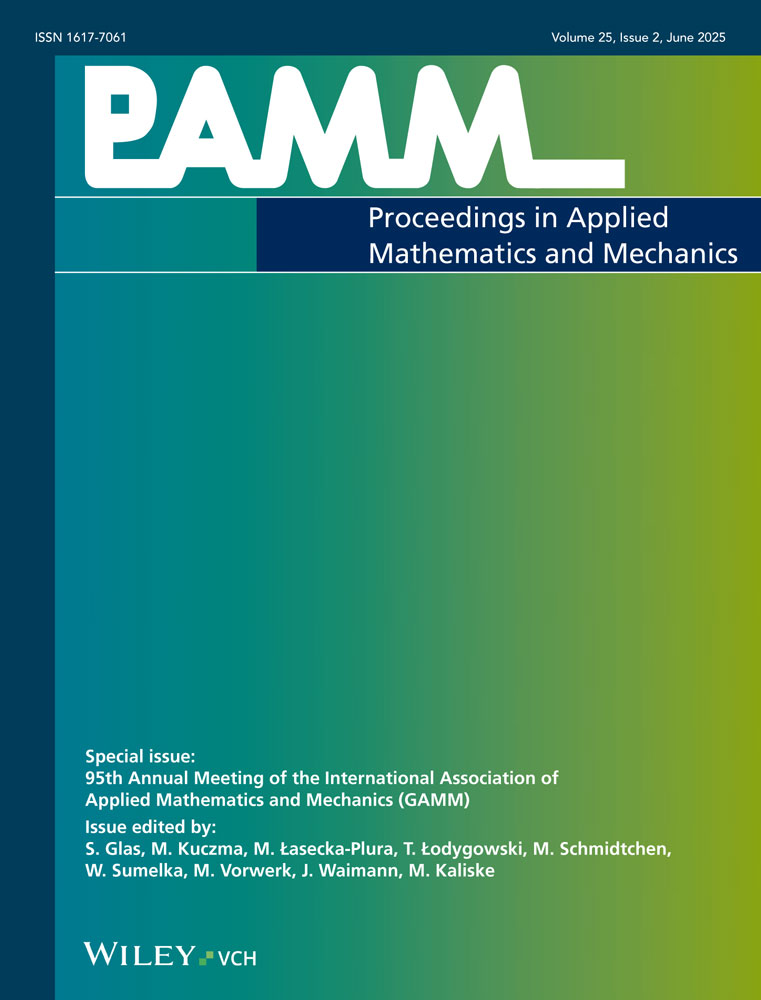Phase transition in methane oxidation layers – a coupled FE multiphase description
Abstract
Worldwide, the most common sites of waste disposal are landfills. After solid waste is deposited in a landfill, physical, chemical, and biological processes ensue and modify the waste. Due to these reactions, landfill gas is produced inside the landfill body and effuses into the atmosphere at the outer layer. These processes create environmentally harmful landfill pollutants (methane (CH4)) and carbon dioxide (CO2)). The impact of methane on the greenhouse effect is about 20 times higher than that of carbon dioxide.
WorldwideIn order to estimate potential environmental risk of the landfill, a second important phenomenon has to be taken into account: the bacterial methane conversion in the porous cover layer which significantly reduces the amount of methane emitted into the atmosphere. Subsequently, the metabolism of different methanotrophic bacteria converts methane and oxygen into carbon dioxide, water, and biomass.
WorldwideTo model this highly complex and coupled problem we used the well-known theory of porous media to obtain a thermodynamically consistent description which in turn leads to a fully-coupled finite element (FE) calculation concept. The theoretical and numerical framework will be presented in order to describe the coupled processes occurring during the phase transition by bacterial activity in the methane oxidation layer. The model analyzes the relevant gas concentrations of methane, carbon dioxide, oxygen, and nitrogen as well as the driving phenomena of production, diffusion, and convection. Based on a model predicting gas production in landfills, see [1], a multiphase continuum approach for landfill cover layers is presented. In order to validate the model, we compare numerical simulations with experimental data. (© 2012 Wiley-VCH Verlag GmbH & Co. KGaA, Weinheim)




